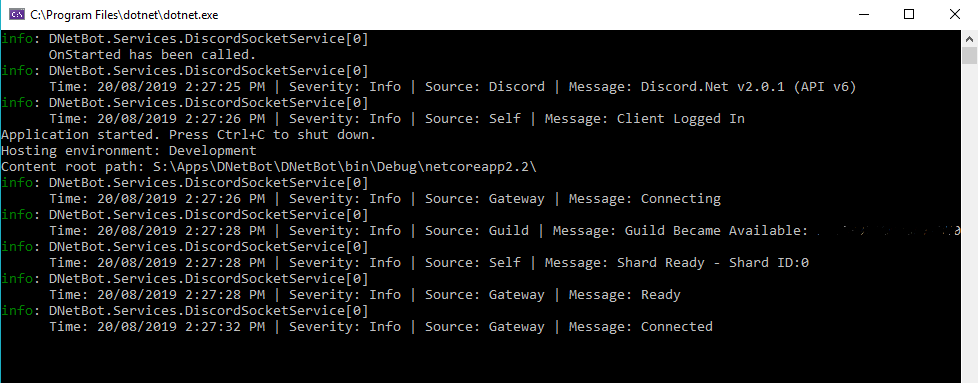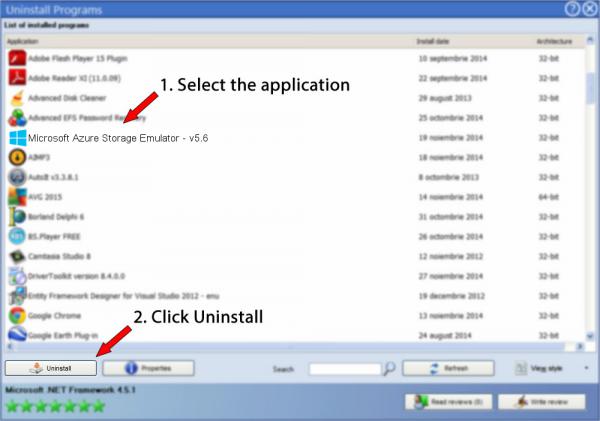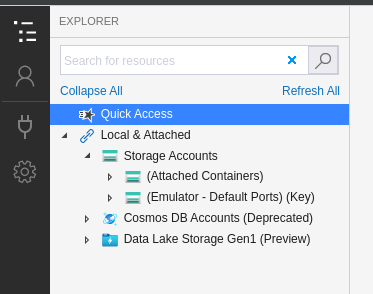
To access Azure storage services from an application, we need to provide an account name and access key in the connection string. Use this dialog to Copy and regenerate the keys. The Manage Access Keys dialog is displayed which is shown below.

In the Management Portal, click on the Manage Access Keys icon located at the bottom of the dashboard screen. When you generate a new key, the earlier ones are retired. Remember, these keys can be regenerated whenever required. Two access keys are generated, one is the primary access key and another is the secondary access key.

These keys are required for authentication when accessing the storage account. When we create a storage account, Azure generates and assigns two 512-bit storage access keys to the account. You now need to base your codes reading the content from an azure container and then sending it to D365 for further execution. With Azure as the environment, this concept of shared architecture is deprecated. Similar architecture was also there for File based AIF exchanges. You need to read the file and take up rows by rows in a container based data type variable and then push it for further processing.
Azure storage emulator code#
Previously till Ax2012 – this was simple: in a scenario where you can keep your files periodically getting dumped in a shared location and letting your AIF or file downloader code to consume the same. With the usher of Azure/cloud computing the concept of shared folder based repository where you can drop files and make your code access the same, has got deprecated. Deprecation of Shared folder/directory based structure Easy-to-use geo-redundancyĪutomatically configure geo-replication options in a single menu, to easily empower enhanced global and local access and business continuity. Multiple blob typesīlock, page and append blobs give you maximum flexibility to optimise your storage to your needs. Get the flexibility to perform edits in place, which can improve your application performance and reduce bandwidth consumption. When an object is changed, it is verified everywhere for superior data integrity, ensuring you always have access to the latest version. And the Azure portal and Azure Storage Explorer offer easy visual solutions for working with your data.

Azure Storage supports scripting in Azure PowerShell or Azure CLI. NET, Java, Node.js, Python, PHP, Ruby, Go, and others, as well as a mature REST API. Microsoft provides client libraries for Azure Storage in a variety of languages, including. Microsoft Azure handles hardware maintenance, updates, and critical issues for you.ĭata in Azure Storage is accessible from anywhere in the world over HTTP or HTTPS. Azure Storage provides you with fine-grained control over who has access to your data.Īzure Storage is designed to be massively scalable to meet the data storage and performance needs of today's applications. Data replicated in this way remains highly available in the event of an unexpected outage.Īll data written to Azure Storage is encrypted by the service. You can also opt to replicate data across data-centres or geographical regions (technically called as Geos) for additional protection from local catastrophe or natural disaster.

Redundancy ensures that your data is safe in the event of transient hardware failures. Azure Storage offers a massively scalable object store for data objects, a file system service for the cloud, a messaging store for reliable messaging, and a NoSQL store. Azure Storage is Microsoft's cloud storage solution for modern data storage scenarios.


 0 kommentar(er)
0 kommentar(er)
